

Get an overview of our range of services or jump directly to the service your are searching for:
Bei Fragen sowie zur ersten Kontaktaufnahme wenden Sie sich gern an mail@passiv.de oder (+49) 6151 82699-0.
We are happy to support you with your new build or retrofit project:
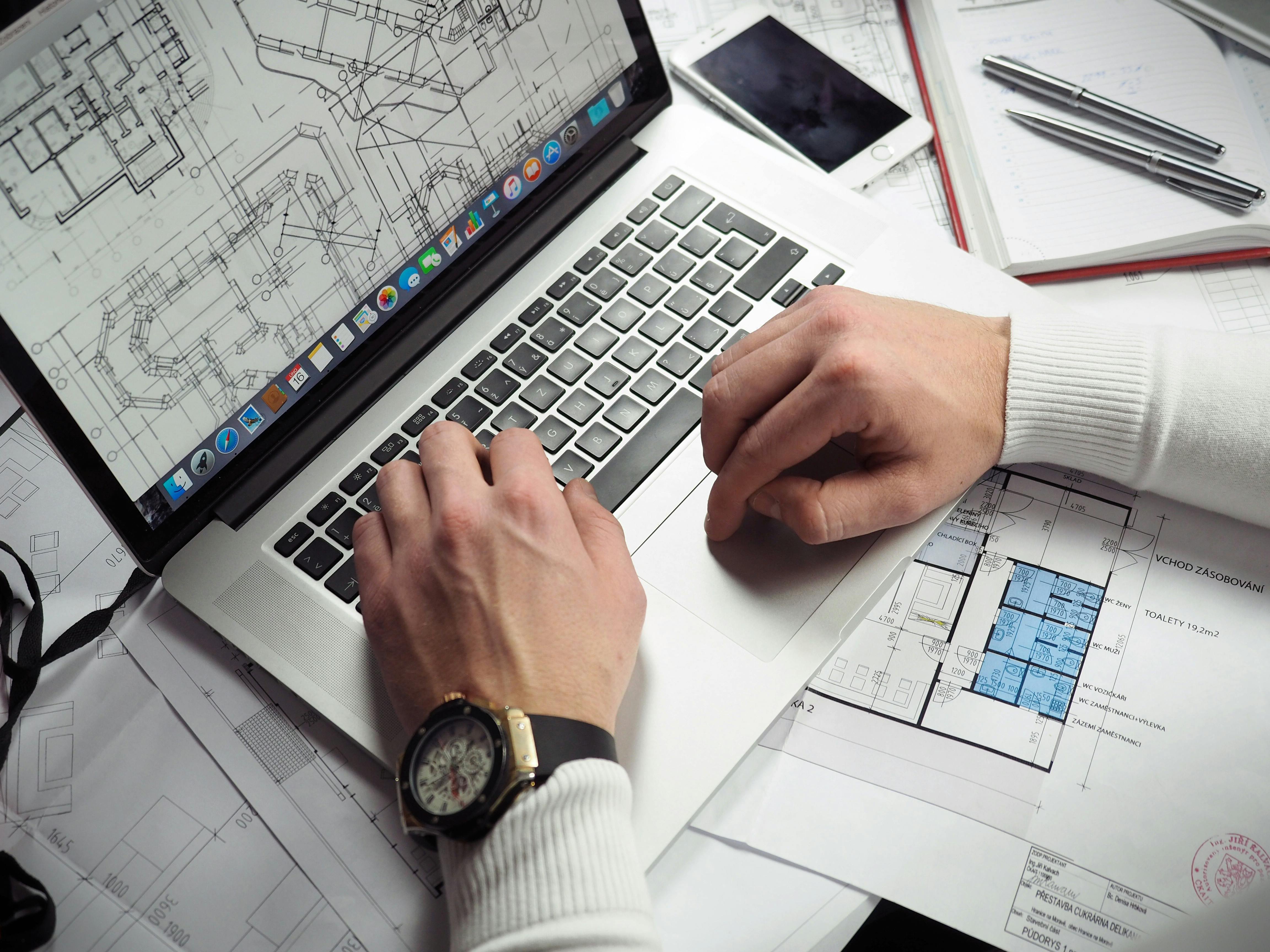
2D and 3D thermal bridge calculations
If you are interested in working with us, please do not hesitate to get in touch: mail@passiv.de or (+49) 6151 82699-0.
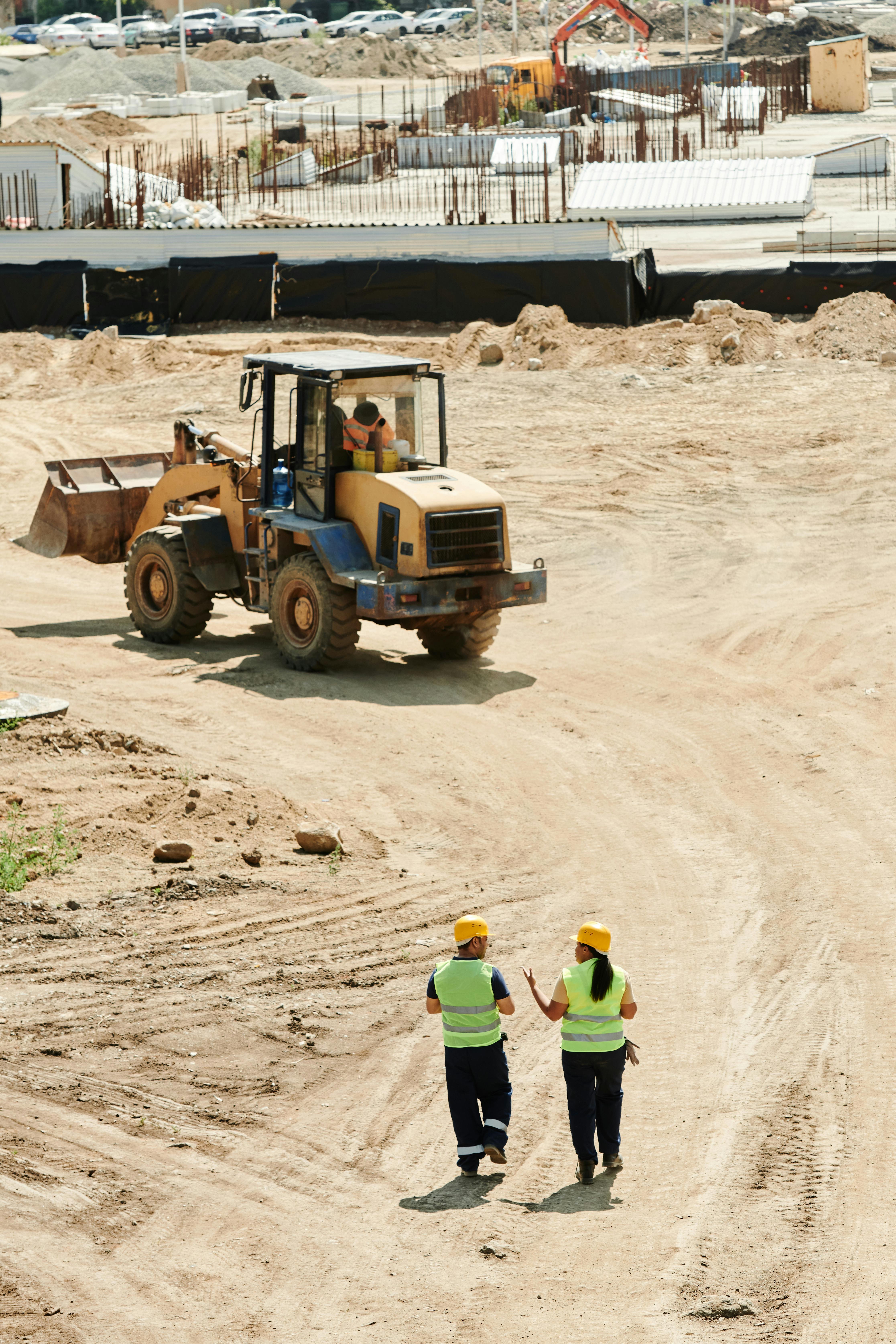
Advice on the selection of adequate building components and creation of PHPP input data sheets to facilitate building certification process (see also "")
If you would like our advice on energy efficiency measures, please do not hesitate to contact us: mail@passiv.de or (+49) 6151 82699-0.
Complex building projects often require a more detailed thermal analysis. This may be the case, for instance, for buildings with large glass surfaces, a special wall construction, strict requirements for indoor conditions, very much or very little storage capacity or a heat load characterised by strong temporary fluctuations.
Dynbil, the tool for dynamic building simulation, provides an analysis with the necessary level of detail. Based on an algorithm that is very close to the underlying physical principles, it offers a high time resolution and can display temperatures that vary over time and space.
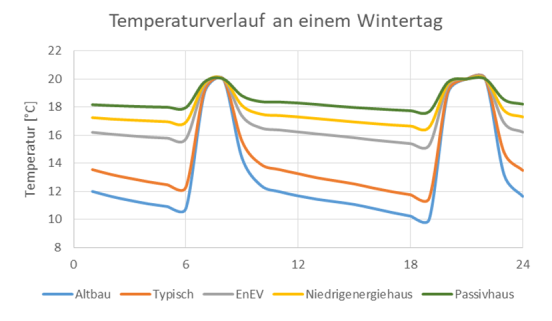
Dynbil analyses variables, such as solar gains, heat retention, and ventilation, with a time resolution of one hour and less. Apart from providing thermal building simulations and predicting temperatures as well as heating and cooling loads, the tool can also calculate humidity and moisture storage in building components.
Service: Hygrothermal dynamic building simulation
Contact: mail@passiv.de
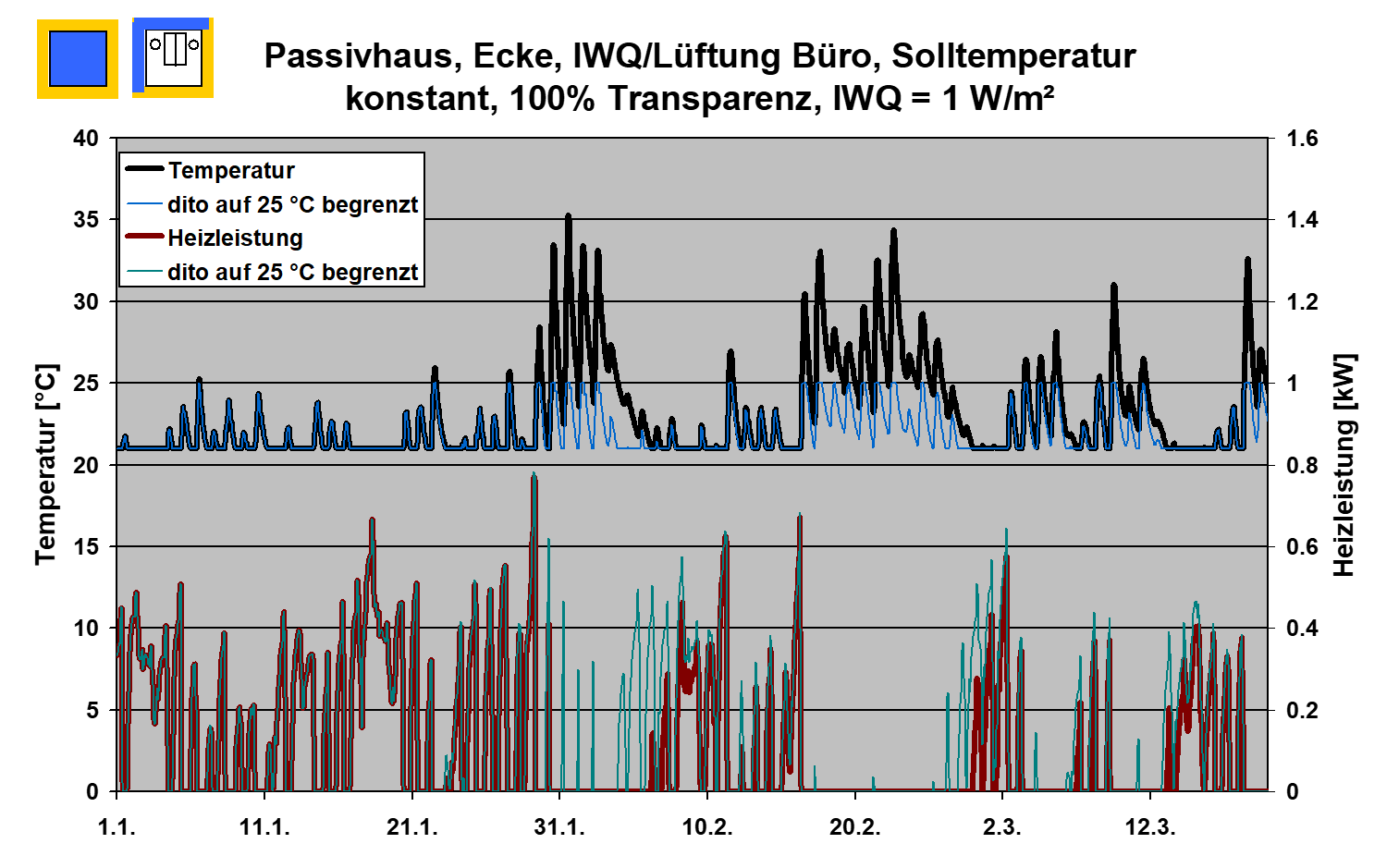
The Passive House Institute offers various measurements that can be performed before, during or after the construction phase. The measurements are either carried out as part of a research project or booked as a separate service.
Whether it is a school, office building, detached house, apartment block, swimming pool, museum or hotel... - we have the necessary expertise for all building types and types of use.
Please feel free to get in touch so that we can find the best solution for you.
Airtightness tests (also known as "blower door tests") are useful for assessing the level of airtightness of a building. Passing this test is a prerequisite for achieving the Passive House and EnerPHit standard.
The measurement helps identify and close remaining air leakeages in the building envelope, thereby, assessing the quality of the installed building components. As the ventilation system requires a certain level of airtightness, it also improves the functionality of the ventilation system.
During the measurement, a fan is installed airtight in a door or window. Leaks are then detected in the building at a negative pressure of 50 pascals. The leaks can be localised by hand, with a flow meter or, in inaccessible places, with a thermographic camera.
This increases the care taken by the companies involved in the building envelope and prevents future structural damage, draughts and cold air pockets.
Service: Airtightness test including detailed documentation of leakages and, if necessary, creation of thermographs under negative pressure conditions
Contact: mail@passiv.de
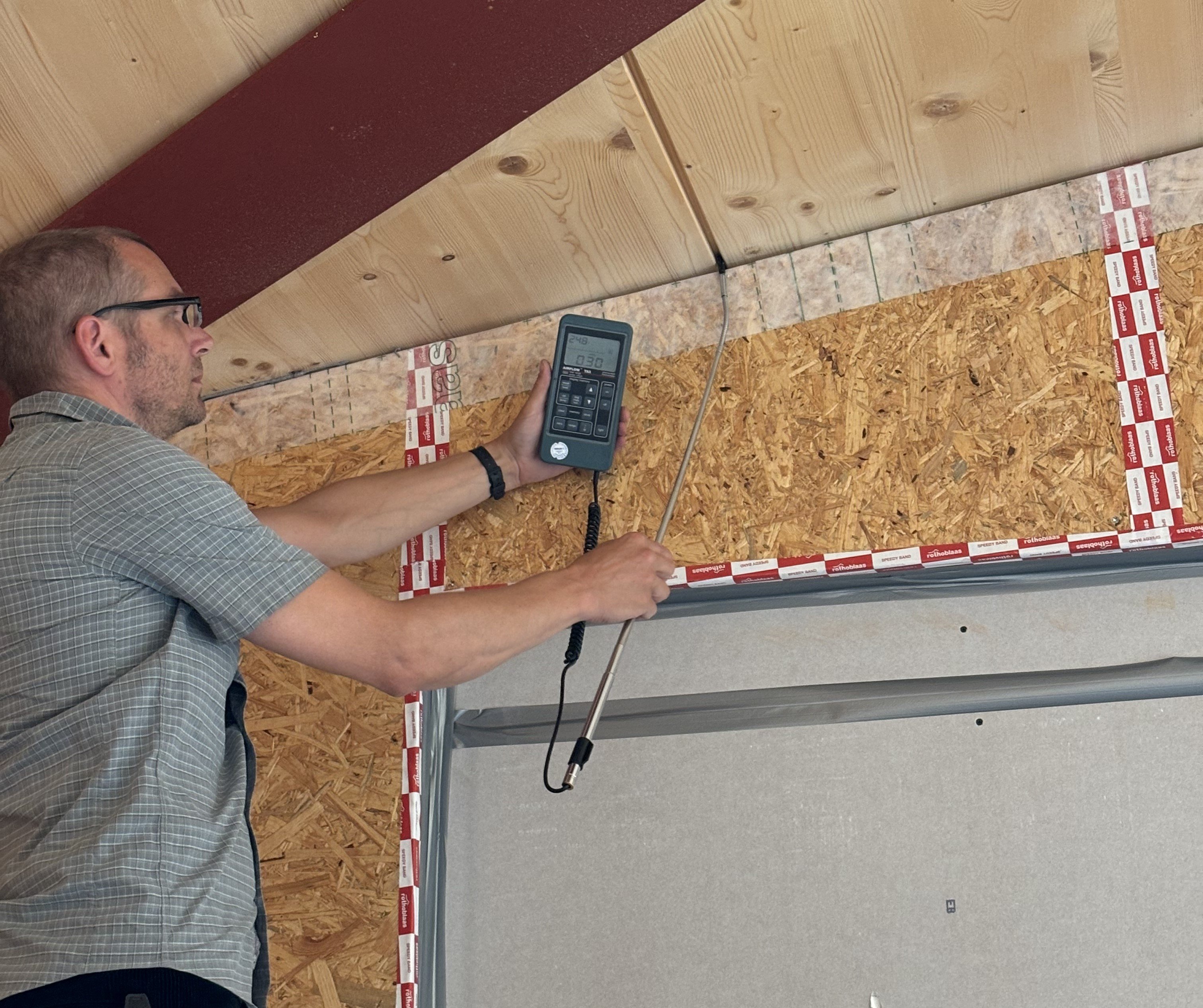
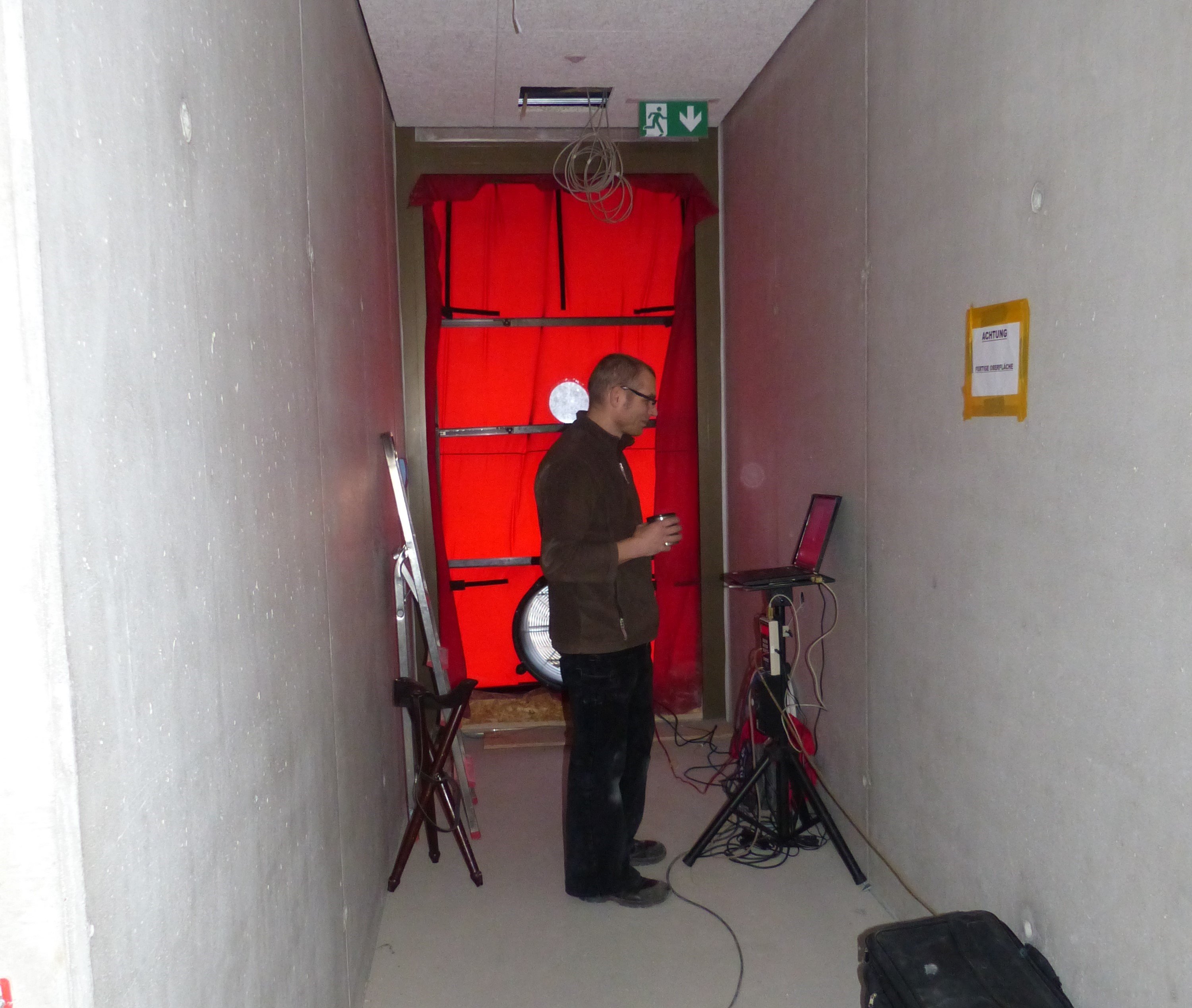
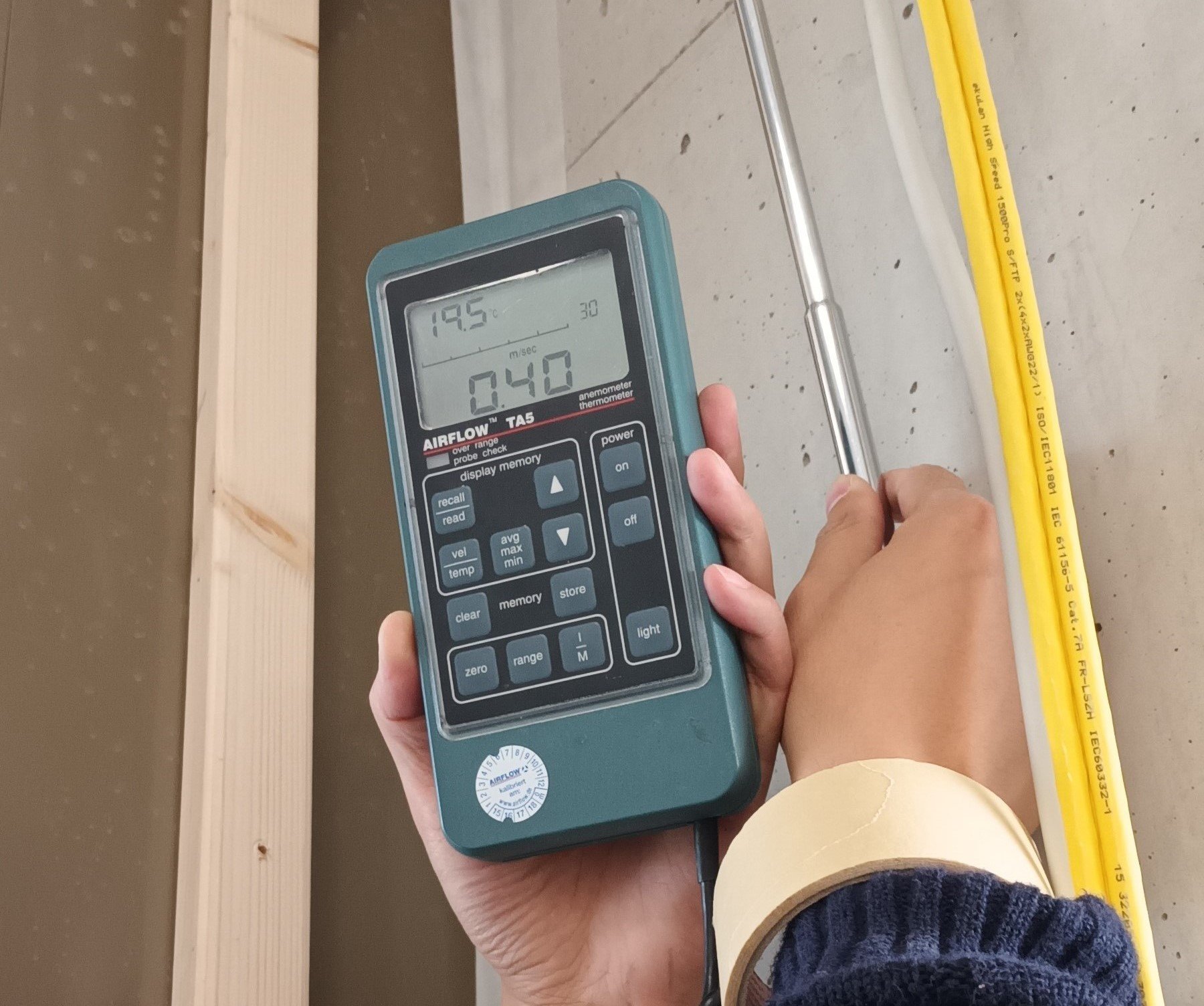
Building monitoring can be helpful in proving that the energy requirement calculated on the basis of long-term climate data for the location and normal usage conditions is also achieved in practice. For this purpose, the most important boundary conditions are measured, in particular the weather and the indoor temperature. If more parameters are recorded, an increasingly detailed picture of the building's performance can be created.
Two annual periods are usually covered, with the first year providing assistance with commissioning and operational optimisation and the second year being used for quantitative analysis.
From minimal monitoring for plausibility checks to our standard procedure and detailed monitoring to clarify research questions on the building envelope, ventilation systems and supply technology, we have a wealth of experience since 1996.
Service: Monitoring in the desired scope and detail
Contact: wolfgang.hasper@passiv.de
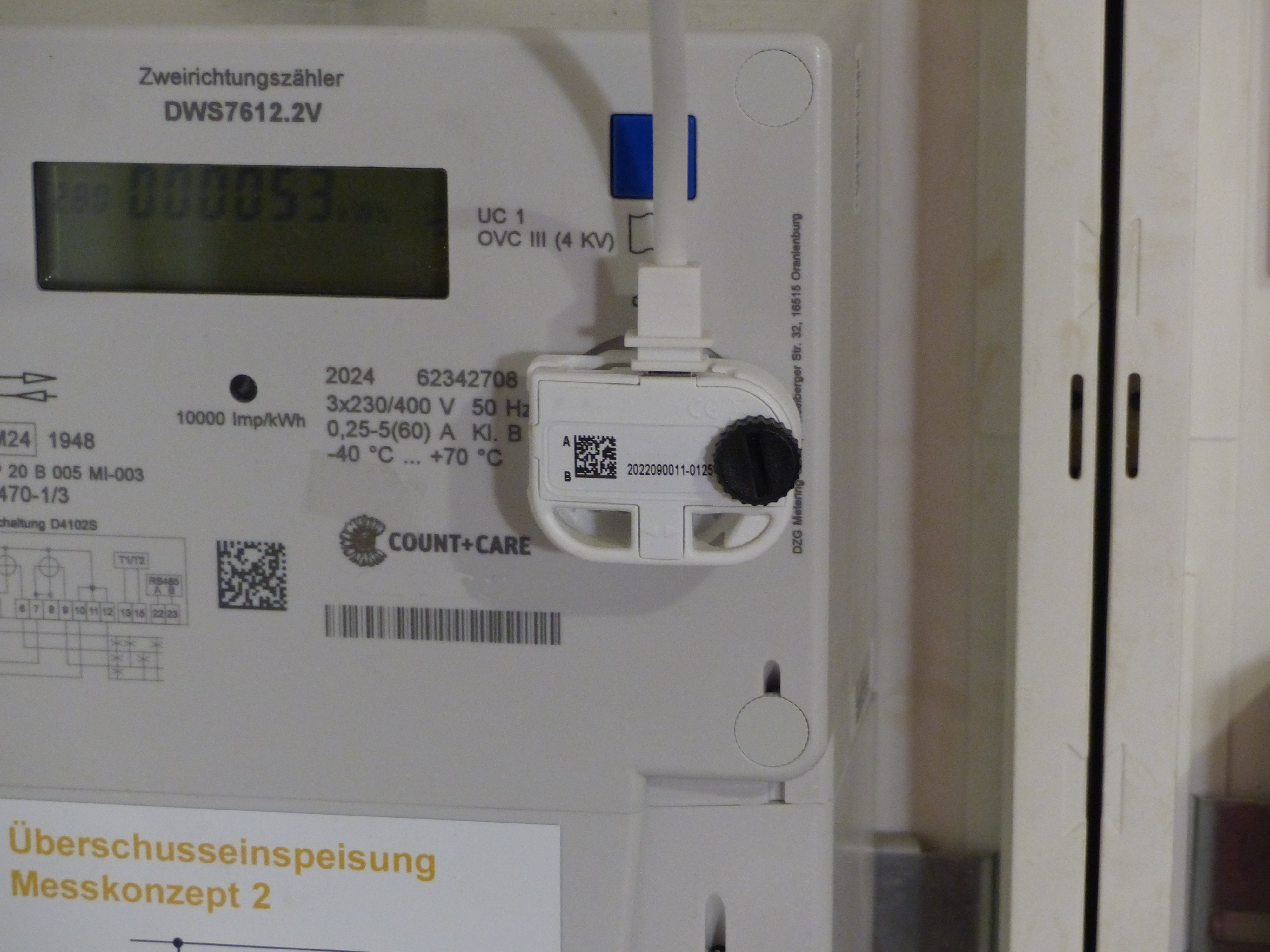
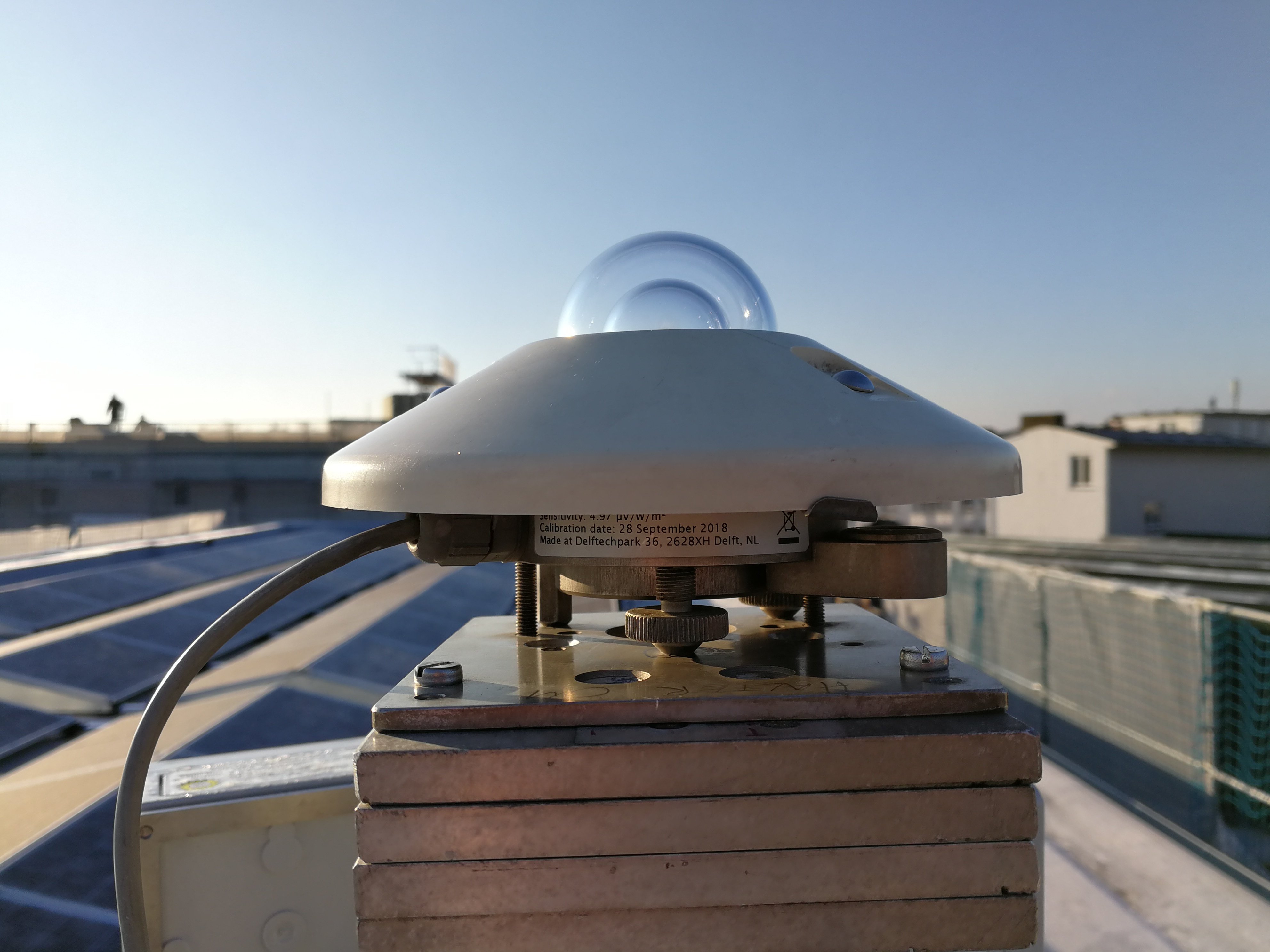
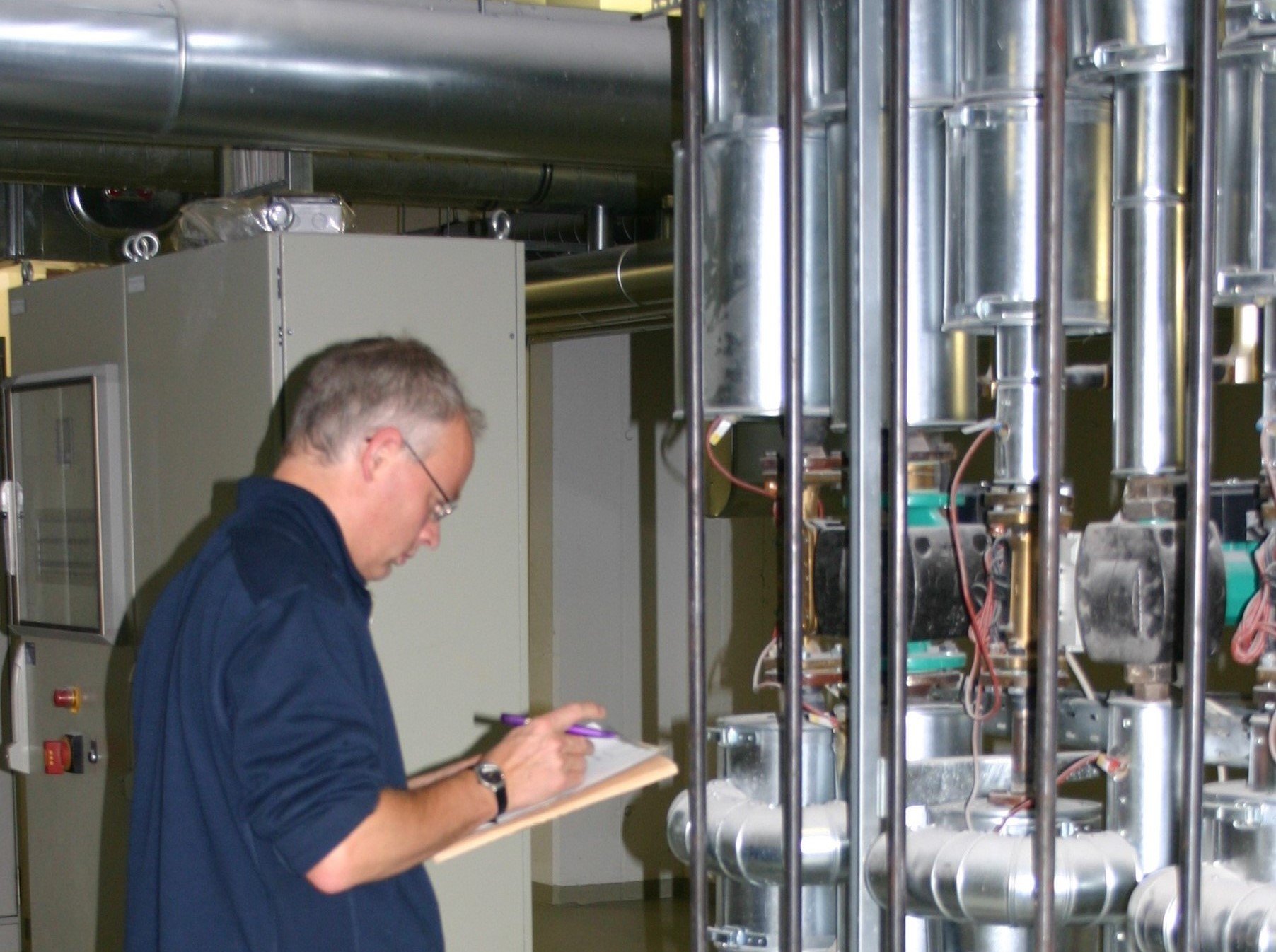

Infrared thermography visualises the heat radiation (infrared light) of an object. It can be used to determine and visualise the surface temperature of a building component. This provides us with information about heat losses and enables us to qualitatively analyse the implementation of thermal insulation measures, thermal bridges and warm air flows. Quantitative statements such as the exact thermal insulation standard of a building component, on the other hand, are difficult to assess using thermography. The correct creation and evaluation of infrared images requires expertise and specialised knowledge. When analysed carefully, thermography is a valuable tool for assessing the thermal envelope of a building.
Service: Infrared thermography for quality assurance
Contact: mail@passiv.de